Paris Fashion: A Real Landmark Show
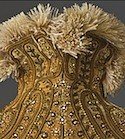
Thu 14 Mar 2013
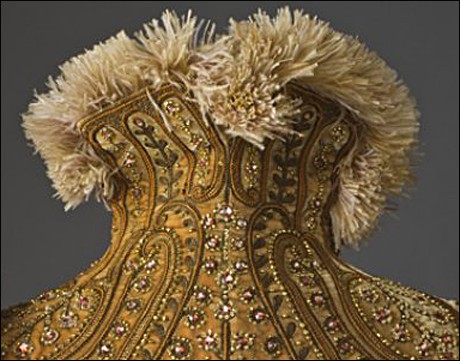
All images: “Fashioning Fashion,” detail. Courtesy les Arts Décoratifs/Paris.
If you really want to understand Paris fashion—from couture to street style—head over to the Museum of Decorative Arts. Every new exhibition claims to be a Paris must-see but their “Fashioning Fashion” is indeed unique. Here, in one hundred outfits, you can see how history’s best-dressed Europeans actually looked. Amazingly, every piece is also in perfect condition.
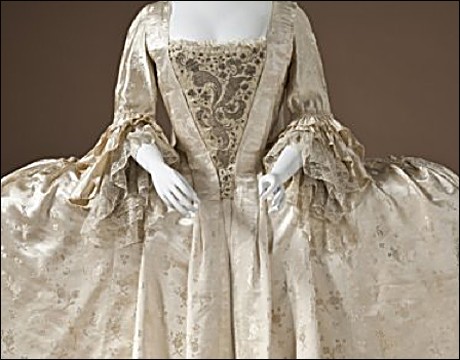
The show is more, however, than just a stunning spectacle. In many ways, there are few collections that can equal this one. Currently the property of the Los Angeles County Museum of Art, its clothes were brought together over five long decades. This was the work of two top textile collectors: London’s Martin Kamer and Switzerland’s Wolfgang Ruf. Having spent 50 years as the fiercest rivals, the pair finally merged their greatest hits—then sold the collection. Now, the extraordinary end result is circling the globe, as the show “Fashioning Fashion.” It’s a complete survey of European style between the years of 1700 and 1915.
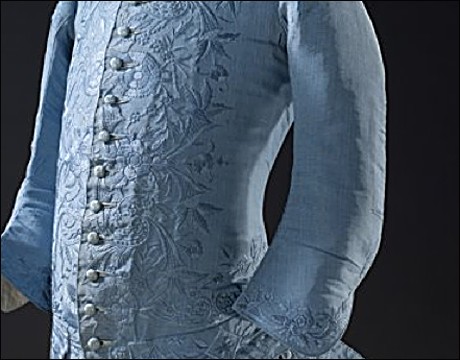
Both men were fanatical about fashion history, accumulating not just garments but the appropriate shoes, underwear, jewelry and accessories. It’s jaw-dropping to see the actual styles worn at Versailles under the Sun King or Louis XVI—from panniered gowns in cloth-of-gold to jackets laden with silver lace. (The latter weighs nine pounds.) Certainly, it’s the most seductive way to show fashion history. You can learn the politics behind the robe à la polonaise but also have a giggle at the Belle Epoque’s thigh-high stilettos. Cleverly placed mirrors show each angle of every costume, while individual digital screens are used to zoom in on details.
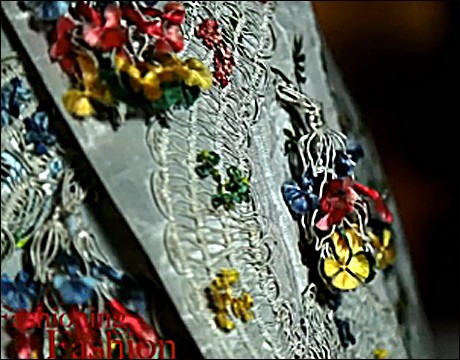
It’s those details that are especially mesmerizing. They include rich silks in delicious colors, examples of the complex ways velvets were woven over the centuries and sumptuous trims of lace, beading, ribbons and jewels. The men’s clothes—as well represented as the women’s—are marvels of elegance. The court clothing also goes well beyond Hollywood fantasie
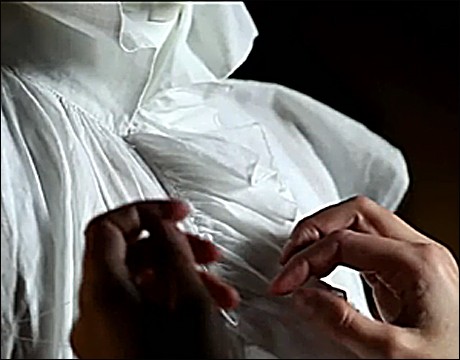
Yet the themes the show stresses are basic costume history. The pomp of court dress at Versailles is simplified under the influence of English aristocrats; Napoleon’s rise changes style as well as altering Europe’s borders. As countries are conquered, their fabrics and fashions are imported. Again and again, the corset comes and goes—and men’s clothes sober up when gents take up “dandy” taste. Reading or studying about such change is one thing but seeing the clothes that made it happen is totally different. Words like groundbreaking and breathtaking don’t do it justice.
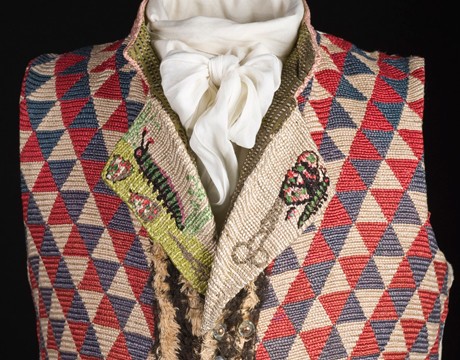
My favorite item is a waistcoat from the French Revolution. Knitted out of delicate wool, it is covered with patriotic patterns, symbols and mottoes. (One pocket flap reads, “Evil to him who thinks it evil”; another bears the proverb “The habit does not make the monk”.) A glimpse of this makes historic Paris come alive, as does realizing just how small these garments are. The diminutive heights and tiny sizes in most of the show, further altered by corsets, stays and bustles, offer a new perspective on the past.
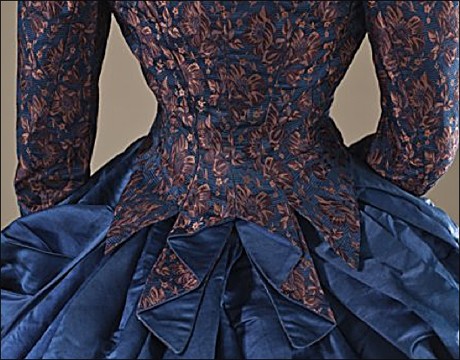
This is couture’s capital, so there are always shows about style. But if you love Paris fashion, make sure you visit this one—its clothing contains the roots of every trend that has followed. A word of warning, however: these clothes are rare. Thus the lights are so low and the mirrors so deceptive that it’s easy to literally walk into the walls!
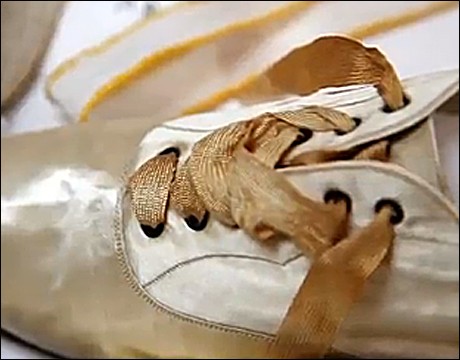
Related Links
“Fashioning Fashion”
Museum of Decorative Arts (Musée des Arts décoratifs)
Editor’s note: For the best of Paris fashion, download our walk-and-shop trips of the Marais and the 6th Arrondissement.